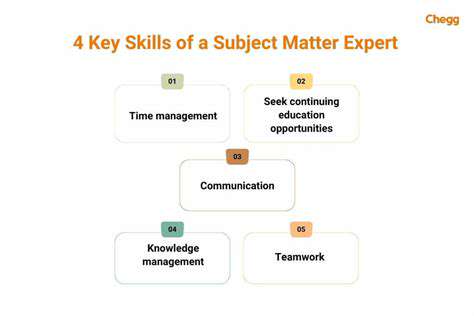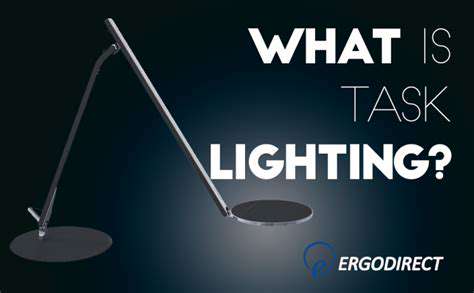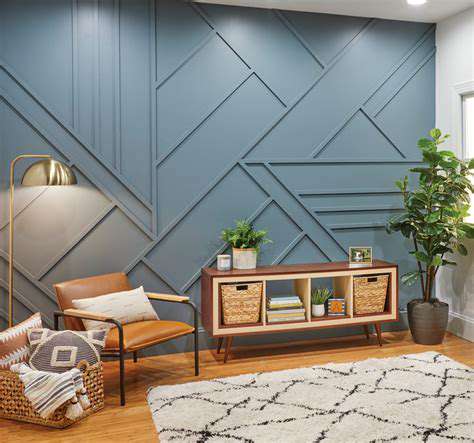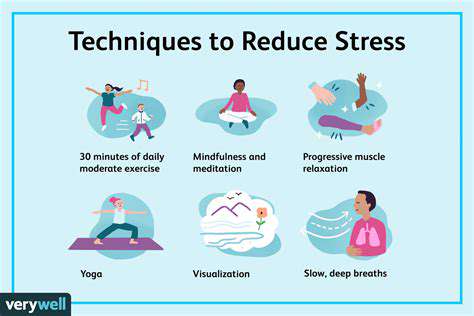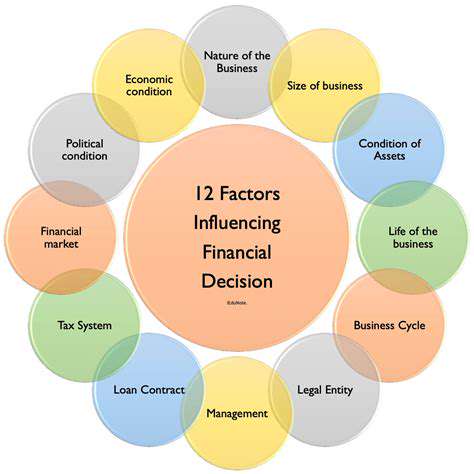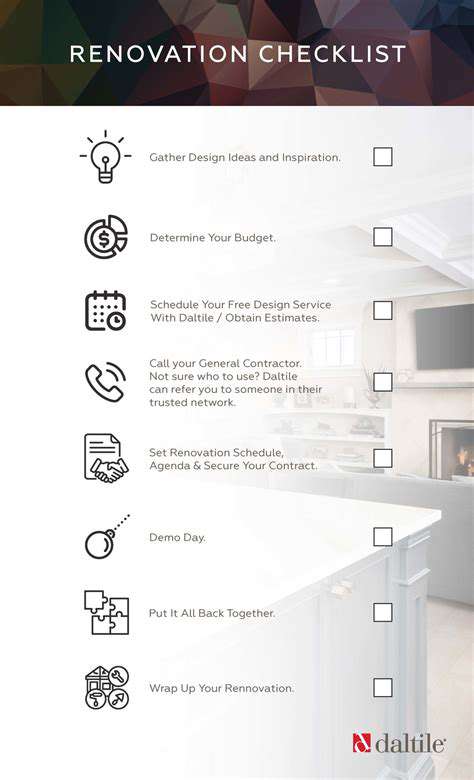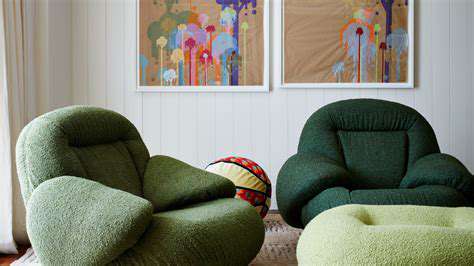How to Optimize Your Interior with Full Package Home Renovation Strategies
Complete Guide to Modern Home Renovation
Table of Contents
- Assessment of Existing Space and Goal Setting for Renovation
- Collecting Design Inspiration and Collaborating with Professionals
- Budget Planning and Emergency Fund Management
- Identifying Personal Style and Color Coordination Plans
- Optimizing Functional Layouts and Selecting High-end Materials
- Analyzing Innovative Multifunctional Furniture Applications
- Key Points for Configuring Smart Lighting Systems
- Strategies for Integrating IoT in Homes
1. Space Diagnosis and Goal Planning
1.1 Comprehensive Three-Dimensional Space Check-Up
Grab a tape measure and notebook, and walk from the entrance to the balcony. Key details to record: Is the afternoon sunlight blocked? Will you bump your knee at the corners of the hallway? How much dust has accumulated in the dead corners of the wardrobe? These signs of life are more real than any design software.

1.2 Methodology for Visualizing Goals
Rather than just wanting an open kitchen, envision your friends gathered around the island enjoying wine on a weekend. Try this exercise: Close your eyes and use your five senses to depict a transformed morning—Is the coffee maker within reach? Is the floor temperature comfortable? These vivid images will help the goals automatically surface.
1.3 In-Depth Exploration of Inspirational Materials
When browsing Pinterest, don’t just like posts, build a categorized inspiration library: Label saved images by material experimentation, color adventures, and spatial magic. Reviewing periodically will reveal that your fondness for terrazzo has long been hidden in your collection.
Smart Space Design Case Library1.4 Guide to Building a Dream Team
When selecting a designer, focus on these three dimensions: ① Are they patient in listening to your childhood home memories? ② Can they accurately restate your core needs? ③ Have they brought up any surprising objections? A good collaboration should be like tango, with both advance and retreat for excitement.
2. Constructing a Design Language System
2.1 Style DNA Testing
Take an interesting test: Organize the garments you’ve kept for over three years in your wardrobe; their colors and textures will reveal your true aesthetic preferences. Those discarded social media trends are indeed the areas to avoid in home design.
2.2 Color Emotion Equation
Don’t be held hostage by color swatches! Try this formula: Dominant color=the color of your most frequently worn coat, accent color=the color of the book covers you own the most, neutral color=color of the relaxing beach/rock/wood. Such a color scheme carries emotional warmth.

2.3 Rhythm of Spatial Narrative
Regard the floor plan as a novel outline—The foyer is the prologue, the living room is the climax, and the bedroom is a gentle epilogue. Key transitions: Set breathing points at the movement junctions; this could be a wall light or a miniature landscape, giving the spatial flow a sense of rhythm.
3. The Evolution of Future Furniture
3.1 Transformer-style Furniture
That transformable coffee table: In the morning it's a breakfast counter, at noon it rises to become a desk, and in the evening it lowers to become a chessboard. Pay attention to these details when choosing: ① Can the hardware withstand 2000 transformation tests? ② The gap at the joints should be less than 2mm. ③ The noise during transformation should be below 40 decibels.
3.2 Interactive Design of Smart Furniture
Have you experienced a sofa that learns? Built-in sensors remember different users’ optimal support curves, making every seating experience feel like a hug from an old friend. When selecting, test: ① Is the app interface friendly for the elderly? ② Are the basic functions normal after a power outage? ③ What is the frequency of firmware updates?
Smart Home Integration Solutions4. Full Analysis of Light and Shadow Magic
4.1 Lighting Scenario Programming
Stop using monotonous three-part switches! Try these combinations: Breakfast mode=80% overhead light + 20% warm light by the window, Movie mode=10% backlight + 90% indirect light, Party mode=dynamic gradient RGB + strobe effect. A good lighting design should act like a symphony conductor, accurately controlling the brightness of each part.
4.2 High-Tech Lighting Selection
Recently tried a breatheable ceiling light: It simulates sunrise brightness in the morning, automatically enhances the blue light spectrum during work hours, and switches to amber light for sleep in the evening. During installation, note: ① Does the color temperature adjustment range reach 2700K-6500K? ② Is the color rendering index >90? ③ Is there a flicker-free certification?
5. Building an IoT Ecosystem
5.1 Device Interaction Logic
Set this smart scenario: When the smart wristband detects deep sleep, the air conditioning automatically raises by 1℃, the humidifier activates moonlight mode, and the security system goes into defensive mode. Key tests should include: ① Compatibility of protocols among different brand devices? ② Ability to operate offline locally? ③ Backup plans for abnormal situations?
5.2 Future Upgrade Interfaces
When wiring, remember to leave invisible upgrade channels: Embed fiber optic conduits in the skirting, reserve magnetic tracks on the ceiling, and install multifunctional interface panels at the corners. These hidden designs will allow seamless technology updates for the next decade.

